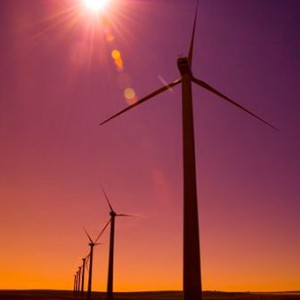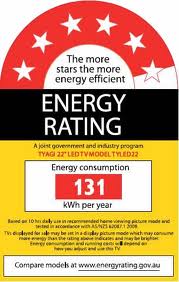More reason to buy energy efficient appliances: NASA finds 2011 ninth-warmest year on record
January 24th, 2012
NASA has recently released data that shows that 2011 was the ninth warmest year since 1880.
According to NASA’s findings, nine of the ten warmest years in meteorological record have occurred since the year 2000.
The animation below shows how global temperatures have changed since 1884. Reds indicate temperatures higher than the average during a baseline period of 1951-1980, while blues indicate lower temperatures than the baseline average.
(Data source: NASA Goddard Institute for Space Studies. Visualization credit: NASA Goddard Space Flight Center Scientific Visualization Studio).
Because climate is variable, scientists do not expect temperatures to rise consistently every year. They do however expect temperatures to rise continually over the coming decades.

“The first 11 years of the 21st century experienced notably higher temperatures compared to the middle and late 20th century,” said GISS Director James E. Hansen. “The only year from the 20th century in the top 10 warmest years on record is 1998.”
“We know the planet is absorbing more energy than it is emitting,” said Hansen. “So we are continuing to see a trend toward higher temperatures.”
The carbon dioxide level in the atmosphere was about 285 parts per million in 1880, when the GISS (NASA Goddard Institute for Space Studies) global temperature record began. By 1960, the average concentration had risen to about 315 parts per million. Today it exceeds 390 parts per million and continues to rise at an accelerating pace.
So what does this mean for everyday Australians?
Australia generates more pollution per person than any developed country. The reason for this is because our electricity is mainly generated by burning coal, as well as other factors such as the transport and mining industries, farming and deforestation. Long story short: climate change is something this country needs to take seriously, even (or especially) at an individual level.
There are ste ps you can take to reduce your household’s carbon footprint, such as switching to green energy (where possible), turning off lights when you leave the room, and getting rid of your old second fridge
ps you can take to reduce your household’s carbon footprint, such as switching to green energy (where possible), turning off lights when you leave the room, and getting rid of your old second fridge (in NSW you can take advantage of the Fridge Buyback Scheme). IMPORTANT NOTICE: Unfortunately, Fridge Buyback has shut up shop in NSW and their services are no longer available. But don’t worry! We still have our remove and recycle services available.
The other thing you can do is make sure that your appliances are as energy efficient as possible. Always look out for the energy star rating when buying – the more stars, the more energy efficient your appliances.
A wide range of energy efficient dishwashers, washing machines, ovens, cooktops and more can be found online at Appliances Online.
It’s everyone’s responsibility to create a sustainable future. Read more about how you can prevent climate change here.

Leave a Reply